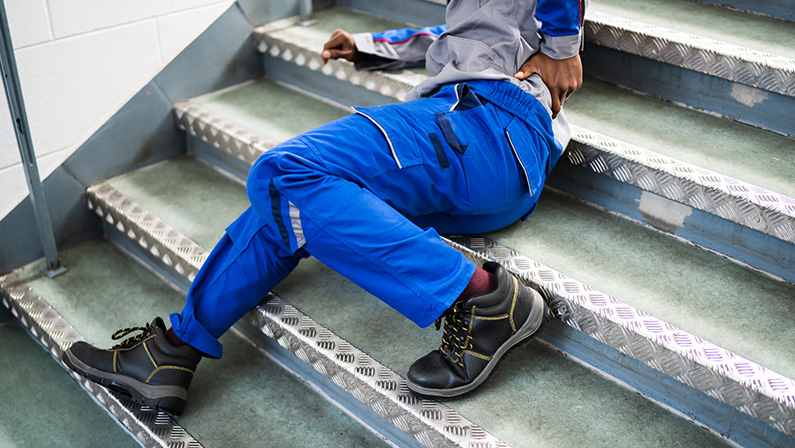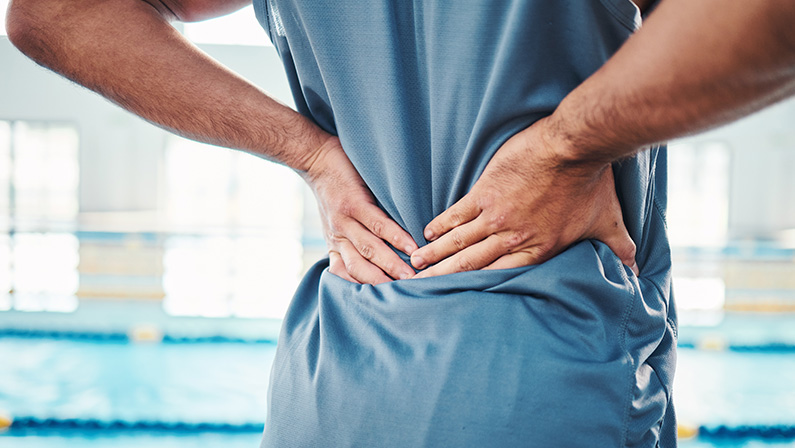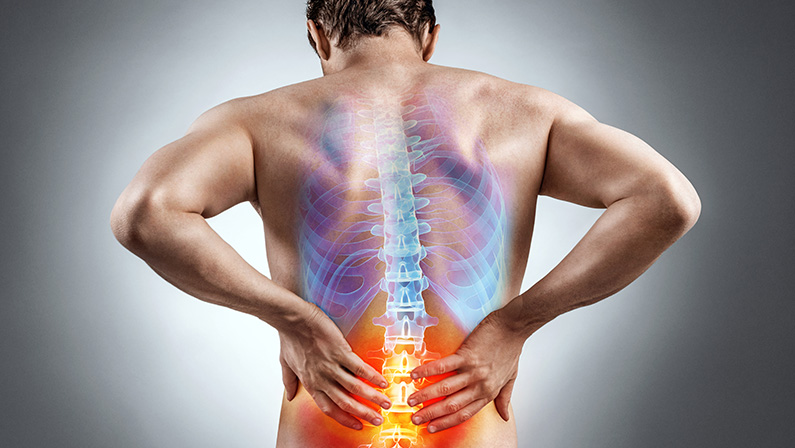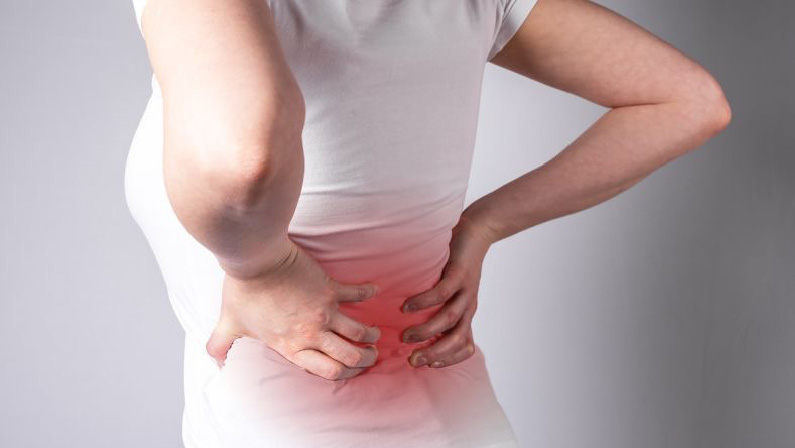Back injuries can be debilitating and have a significant impact on a person’s daily life. Recognizing the signs of a serious back injury is crucial for timely medical intervention and appropriate treatment. In this article, we will explore the importance of recognizing signs of serious back injury and delve into common causes of such injuries.
The Importance of Recognizing Signs of Serious Back Injury
Back injuries can range from mild strains to more severe conditions that require immediate medical attention. Identifying the signs of a serious back injury is essential to prevent further damage and promote effective treatment.
Ignoring or neglecting these signs can lead to long-term complications and chronic pain. By understanding the symptoms associated with serious back injuries, individuals can seek timely medical assistance and facilitate their recovery.
Common Causes of Back Injuries
Back injuries can occur due to various factors. Most common causes include accidents and traumatic incidents, repetitive strain and overuse, poor posture and body mechanics, as well as degenerative conditions and diseases.
Each of these causes can contribute to the development of back injuries in different ways, highlighting the importance of addressing these risk factors to prevent such injuries from occurring.
Accidents and traumatic incidents

Accidents, such as motor vehicle collisions, falls, or sports-related injuries, can result in severe back injuries. The impact from these incidents can cause fractures, herniated discs, or damage to the spinal cord. Recognizing the signs of a back injury after an accident is crucial for initiating appropriate medical care and preventing further complications.
Repetitive strain and overuse

Engaging in repetitive activities or overusing the back muscles can lead to strain and injury. Jobs that involve heavy lifting, repetitive bending, or prolonged sitting in poor posture can contribute to the development of back problems.
Understanding the importance of proper body mechanics and incorporating ergonomics in the workplace can help reduce the risk of back injuries caused by repetitive strain and overuse.
Poor posture and body mechanics
Maintaining poor posture and incorrect body mechanics while performing daily activities can put excessive strain on the back and its supporting structures. Slouching, hunching over electronic devices, or improperly lifting heavy objects can lead to muscle imbalances, spinal misalignment, and increased risk of injury.
By practicing good posture and adopting correct body mechanics, individuals can minimize the strain on their backs and reduce the likelihood of sustaining injuries.
Degenerative conditions and diseases
As individuals age, the spine undergoes natural degenerative changes. Conditions such as osteoarthritis, degenerative disc disease, and spinal stenosis can cause chronic back pain and limit mobility. Recognizing the symptoms of these degenerative conditions is vital for early intervention and management, aiming to slow down the progression of the disease and alleviate associated discomfort.
Symptoms of Serious Back Injury
How do you know if your back injury is serious? Recognizing the signs of a serious back injury is crucial for prompt medical attention and appropriate treatment. While the specific signs may vary depending on the underlying cause, some common symptoms include:
Acute and severe pain

A serious back injury often manifests as sudden and intense pain. This pain may be localized to a specific area or radiate down the back and into the limbs. The severity of the pain may make it difficult to perform daily activities and may worsen with movement or certain positions.
Loss of sensation or numbness
Nerve compression or damage can lead to a loss of sensation or numbness in the back, buttocks, or legs. This symptom may indicate spinal cord involvement and should be taken seriously.
Muscle weakness or paralysis
A serious back injury can result in muscle weakness or paralysis in the lower extremities. Inability to move or control certain muscles may be indicative of spinal cord trauma or severe nerve compression.
Inability to move or walk
If a back injury affects the spinal cord or major nerve roots, it may lead to an inability to move certain body parts or difficulty walking. These signs require immediate medical attention.
Bowel or bladder dysfunction
Severe back injuries may also impact bowel or bladder function. Inability to control bowel or bladder movements or experiencing difficulty with urination or defecation can indicate a serious spinal cord injury.
Radiating pain or tingling in the limbs
Nerve compression or damage can cause radiating pain, tingling, or numbness in the arms, legs, or extremities. This symptom, known as radiculopathy, can help identify the involvement of specific nerves and guide medical evaluation.
When to seek medical attention?
If you experience any of the aforementioned symptoms or suspect a serious back injury, it is crucial to seek immediate medical attention from Aether Health – Kingwood ER. Prompt evaluation and diagnosis can lead to timely treatment, helping to prevent further complications and facilitate recovery.
What are the most common back injuries?
The most common back injuries include:
Strains and Sprains
Strains occur when muscles or tendons in the back are stretched or torn, while sprains involve ligament injuries. These are often caused by sudden movements, lifting heavy objects improperly, or overexertion.
Herniated Disc
Also known as a slipped or ruptured disc, this occurs when the soft inner portion of a spinal disc pushes through the tough outer layer. It can result in pain, numbness, or weakness in the back, buttocks, or legs.
Sciatica
Sciatica is characterized by pain that radiates along the sciatic nerve, which runs from the lower back down through the buttocks and legs. It is commonly caused by compression or irritation of the nerve roots in the lower spine.
Spinal Fractures

Fractures of the vertebrae can occur due to traumatic incidents, such as falls or car accidents. Osteoporosis or weakened bones can also contribute to spinal fractures.
Spinal Stenosis
This condition involves the narrowing of the spinal canal, leading to pressure on the spinal cord or nerves. It commonly occurs as a result of age-related degeneration or conditions like arthritis.
Spondylolisthesis
This occurs when one vertebra slips forward over the vertebra below it, often due to a defect or stress fracture. It can cause back pain, nerve compression, and spinal instability.
Degenerative Disc Disease
This condition involves the gradual deterioration of the spinal discs, leading to chronic pain, stiffness, and reduced mobility.
Facet Joint Injuries
Facet joints are responsible for the movement and stability of the spine. Injuries to these joints, such as sprains or arthritis, can result in localized back pain and restricted mobility.
Preventive Measures for Back Injury

Taking preventive measures can significantly reduce the risk of back injuries. By implementing these preventive measures, individuals can minimize the risk of back injuries and maintain a healthy spine. Here are some strategies to consider:
- Maintain good posture while sitting, standing, and lifting heavy objects.
- Incorporate regular exercise to strengthen the back muscles and improve flexibility.
- Use proper body mechanics when lifting or carrying objects, employing techniques such as bending the knees and keeping the back straight.
- Avoid prolonged sitting or standing in one position; take breaks and stretch periodically.
- Use ergonomic furniture and equipment that promote a neutral spine position.
- Maintain a healthy weight to reduce strain on the back.
- Warm up before engaging in physical activities or sports to prepare the muscles and joints for movement.
- Avoid repetitive motions or activities that put excessive strain on the back; vary tasks and take breaks when necessary.
- Consider using assistive devices, such as back braces or supportive belts, when engaging in activities that involve heavy lifting or prolonged standing.
FAQs
Here are some frequently asked questions about back injuries:
-
What are the common causes of back injuries?
Common causes include accidents/traumatic incidents, repetitive strain/overuse, poor posture/body mechanics, and degenerative conditions.
-
How can I recognize the signs of a serious back injury?
Common causes include accidents/traumatic incidents, repetitive strain/overuse, poor posture/body mechanics, and degenerative conditions.
-
What are the common causes of back injuries?
Signs include acute/severe pain, loss of sensation/numbness, muscle weakness/paralysis, inability to move/walk, bowel/bladder dysfunction, and radiating pain/tingling in limbs.
-
What are some preventive measures to avoid back injuries?
Maintain good posture, exercise regularly to strengthen the back, use proper body mechanics when lifting, take breaks during prolonged sitting/standing, and maintain a healthy weight.
-
Can poor posture contribute to back injuries?
Yes, poor posture places strain on the back muscles and spine, increasing the risk of injuries and discomfort. Maintaining good posture is important for back health.
-
What treatments are available for back injuries?
Maintain good posture, exercise regularly to strengthen the back, use proper body mechanics when lifting, take breaks during prolonged sitting/standing, and maintain a healthy weight.
-
Are there exercises that can help strengthen the back and prevent injuries?
Yes, exercises like core strengthening, back stretches, and low-impact aerobic activities can help strengthen the back muscles, improve flexibility, and reduce the risk of injuries.
-
What lifestyle changes can I make to promote a healthy back?
Maintain a healthy weight, quit smoking (which impairs blood flow to the spine), practice stress management, and incorporate regular exercise and proper ergonomics in daily activities.
-
Are there any specific risk factors for developing back injuries?
Risk factors include age (back problems become more common with age), sedentary lifestyle, obesity, poor posture, and engaging in activities that involve heavy lifting or repetitive motions.
-
Can back injuries be prevented altogether?
While it’s not possible to prevent all back injuries, adopting preventive measures such as maintaining a healthy lifestyle, practicing good posture, and using proper body mechanics can significantly reduce the risk.
While it’s not possible to prevent all back injuries, adopting preventive measures such as maintaining a healthy lifestyle, practicing good posture, and using proper body mechanics can significantly reduce the risk.
Get Checked at Aether Health – Kingwood ER Today
Recognizing the signs of serious back injuries and understanding their common causes is crucial for prompt medical intervention and effective treatment. By seeking timely care and adopting preventive measures, individuals can prioritize their back health and reduce the risk of debilitating injuries.
In Kingwood, TX, Aether Health – Kingwood ER offers exceptional emergency care for back injuries, providing state-of-the-art facilities and a dedicated team of healthcare professionals. With their expertise and patient-centered approach, Aether Health – Kingwood ER ensures that patients receive the highest quality of care for their back-related needs. Protecting your back and seeking proper medical attention is essential for overall well-being. Contact them today.
Powered by Aether Health.




